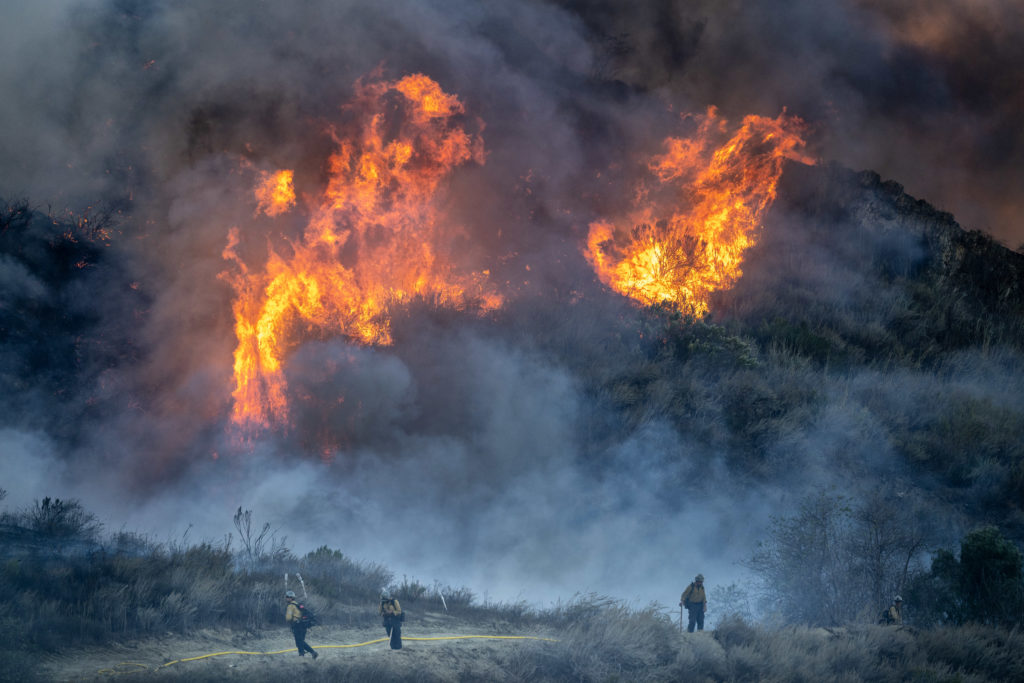Wildfires and the California Landscape: Understanding the Environmental Toll
The Growing Threat of California Wildfires
Why Are Wildfires So Common in California?
The issue is compounded by climate change, which has exacerbated the conditions that fuel fires. Rising temperatures, longer dry periods, and reduced rainfall are all factors that increase the likelihood of wildfires. As these conditions continue to worsen, the frequency and severity of wildfires in California are expected to rise.
Impact of Wildfires on California’s Ecosystems
The environmental impact of California wildfires is far-reaching, affecting soil, air quality, wildlife, and vegetation. These fires alter entire ecosystems and can take decades to recover from.
Soil Erosion and Loss of Fertility
When a wildfire rages through an area, it destroys vegetation that would otherwise help hold the soil in place. Without plants to anchor the soil, heavy rains can cause erosion, washing away valuable topsoil. This leaves the land vulnerable to further damage, as well as making it more difficult for new vegetation to grow.
Destruction of Wildlife Habitats
Wildfires not only devastate plants but also disrupt the habitats of countless species of wildlife. Animals that rely on forests, grasslands, or wetlands for food, shelter, and protection are often forced to flee, leading to a loss of biodiversity. For example, species such as the California condor, which depend on specific habitats, are at risk when their homes are destroyed by fire.
The Air Quality Crisis: Wildfire Smoke and Health
Short-Term and Long-Term Health Effects
Inhaling wildfire smoke can irritate the eyes, throat, and lungs, leading to respiratory issues, particularly for children, the elderly, and those with pre-existing conditions like asthma. Long-term exposure to wildfire smoke is also linked to increased risks of heart disease, stroke, and other chronic illnesses.
Impact on Air Quality in California
California’s air quality suffers dramatically during fire season. Cities like Los Angeles, San Francisco, and Sacramento regularly experience hazardous air quality levels during wildfire events, which can lead to a public health crisis.
California’s Wildfire Management and Recovery Efforts
Fire Suppression Techniques
California employs several fire suppression techniques to combat wildfires, including the use of fire crews, aircraft, and controlled burns. Despite these efforts, fighting wildfires has become increasingly difficult due to the vast scale of modern fires and their unpredictability.
Post-Fire Restoration
After a wildfire has passed, the state focuses on rehabilitation and ecosystem restoration. This includes planting fire-resistant vegetation, removing debris, and stabilizing soil to prevent erosion. These efforts are crucial in helping the landscape recover and preventing future fires.
Looking Ahead: The Future of Wildfires in California
As California’s climate continues to change, the state will likely face even more frequent and severe wildfires. The state has already begun focusing on building fire-resistant communities and increasing its investment in wildfire prevention and recovery.
Fire-Resistant Landscaping and Building Materials
One of the most effective ways to reduce wildfire damage is through fire-resistant landscaping and building materials. Homeowners in fire-prone areas are encouraged to use fire-resistant plants and materials to protect their properties. In addition, communities are focusing on creating defensible space around homes to minimize the risk of fire spreading.
Fire Season Predictions for California
Experts predict that fire seasons in California will continue to lengthen, with dry conditions becoming more severe. This makes preparation more important than ever. Understanding the risk factors and implementing fire management strategies will be key in mitigating the environmental toll of wildfires.
Conclusion
FAQs
1. What causes wildfires in California?
Wildfires in California are caused by a combination of dry conditions, high temperatures, and fire-prone vegetation. Human activities, such as arson or unattended campfires, can also ignite fires.
2. How can we prevent wildfires in California?
Preventing wildfires involves proper land management, controlled burns, fire-resistant landscaping, and public education about fire safety. California also invests in fire suppression technology and fire crews.
3. What are the long-term effects of wildfires on California’s ecosystem?
Wildfires cause long-term damage to wildlife habitats, soil fertility, and plant life. Recovery can take decades, and many species face extinction due to habitat destruction.
4. How does wildfire smoke affect health?
Wildfire smoke contains harmful particles that can irritate the eyes, throat, and lungs, leading to respiratory issues. Long-term exposure can increase the risk of heart disease and other chronic illnesses.
California residents can use fire-resistant plants like California lilac, red-twig dogwood, and certain succulents to help protect their homes from wildfires.



Comments
Post a Comment